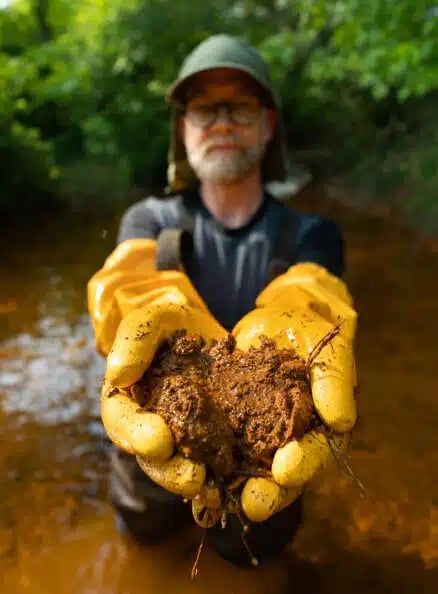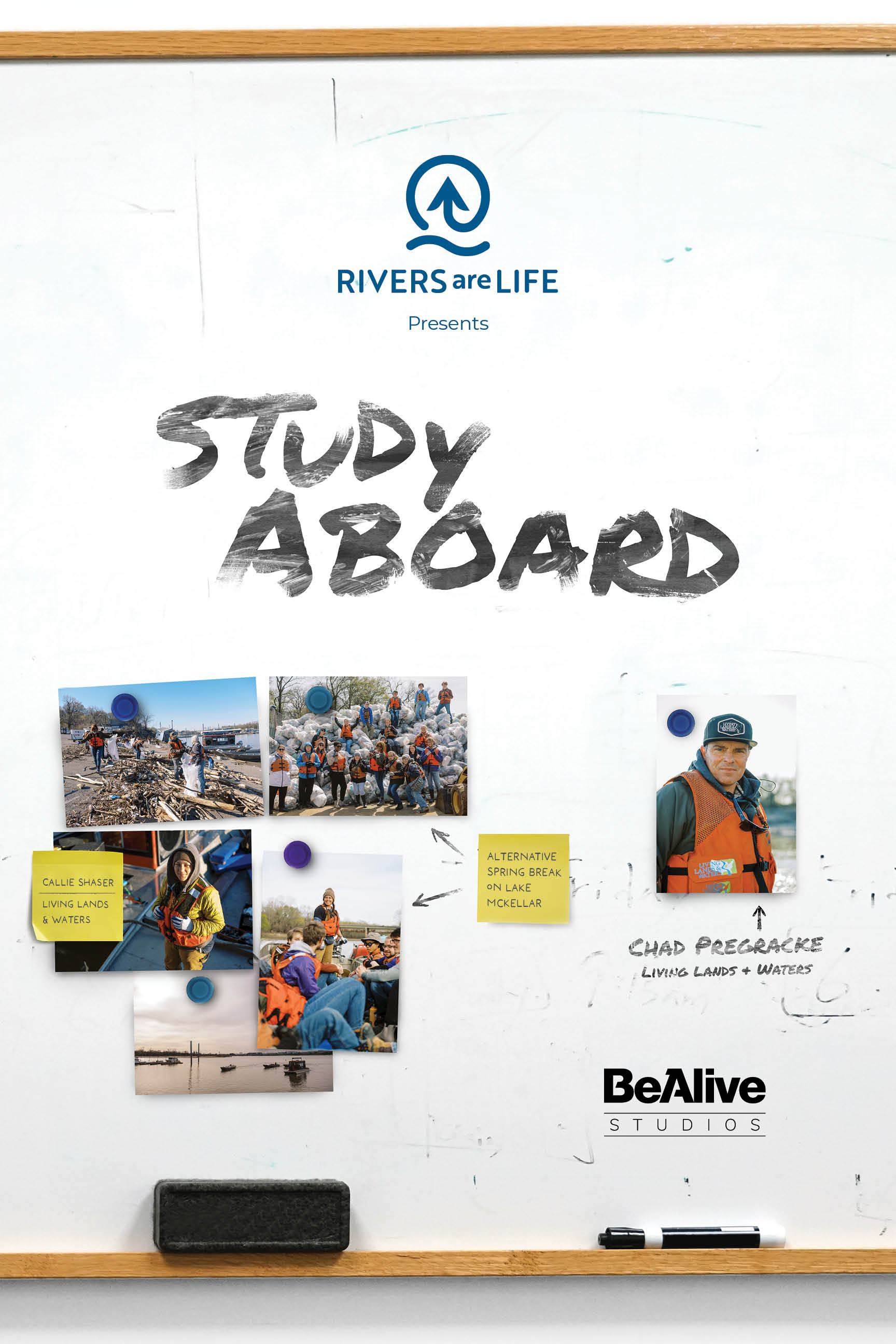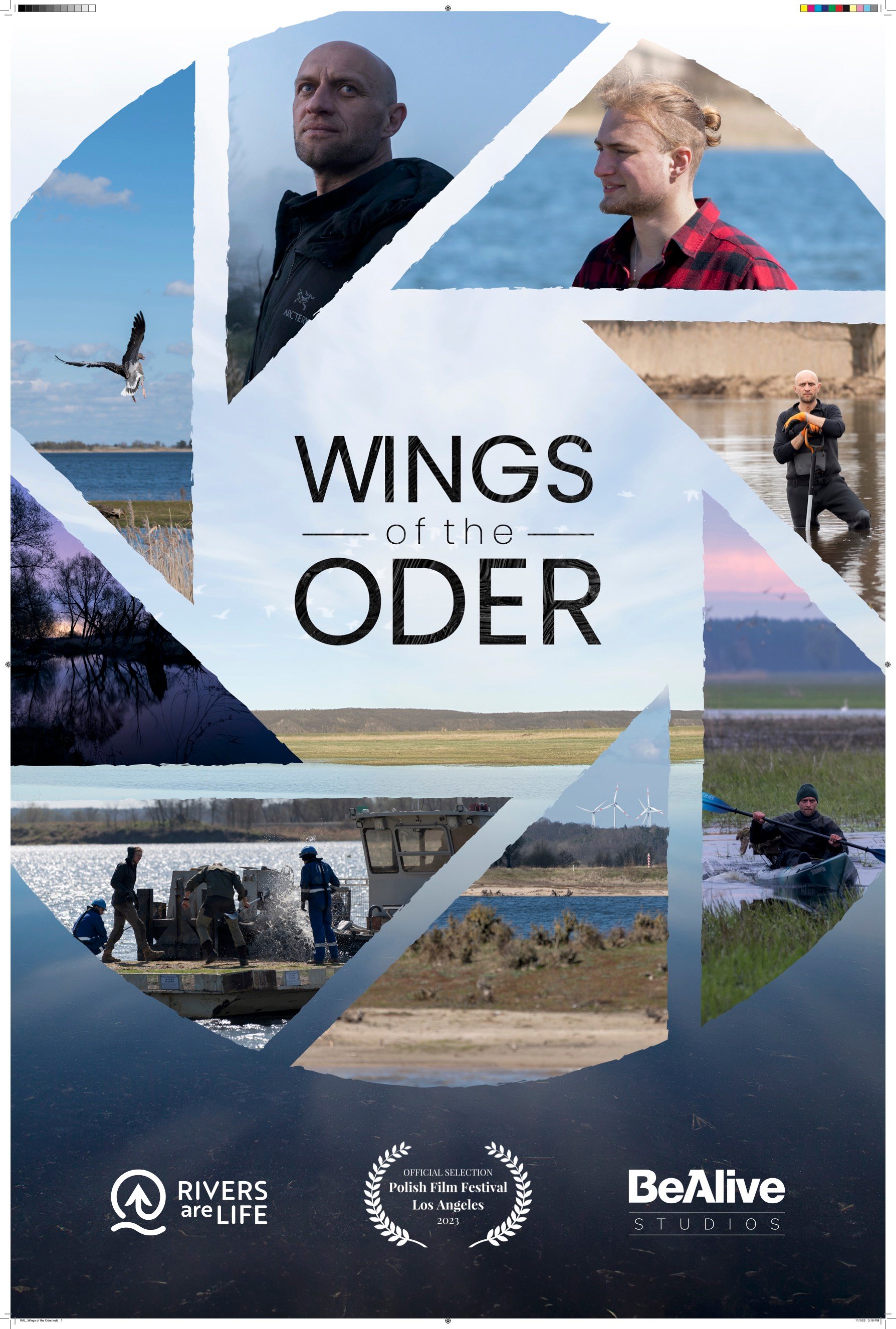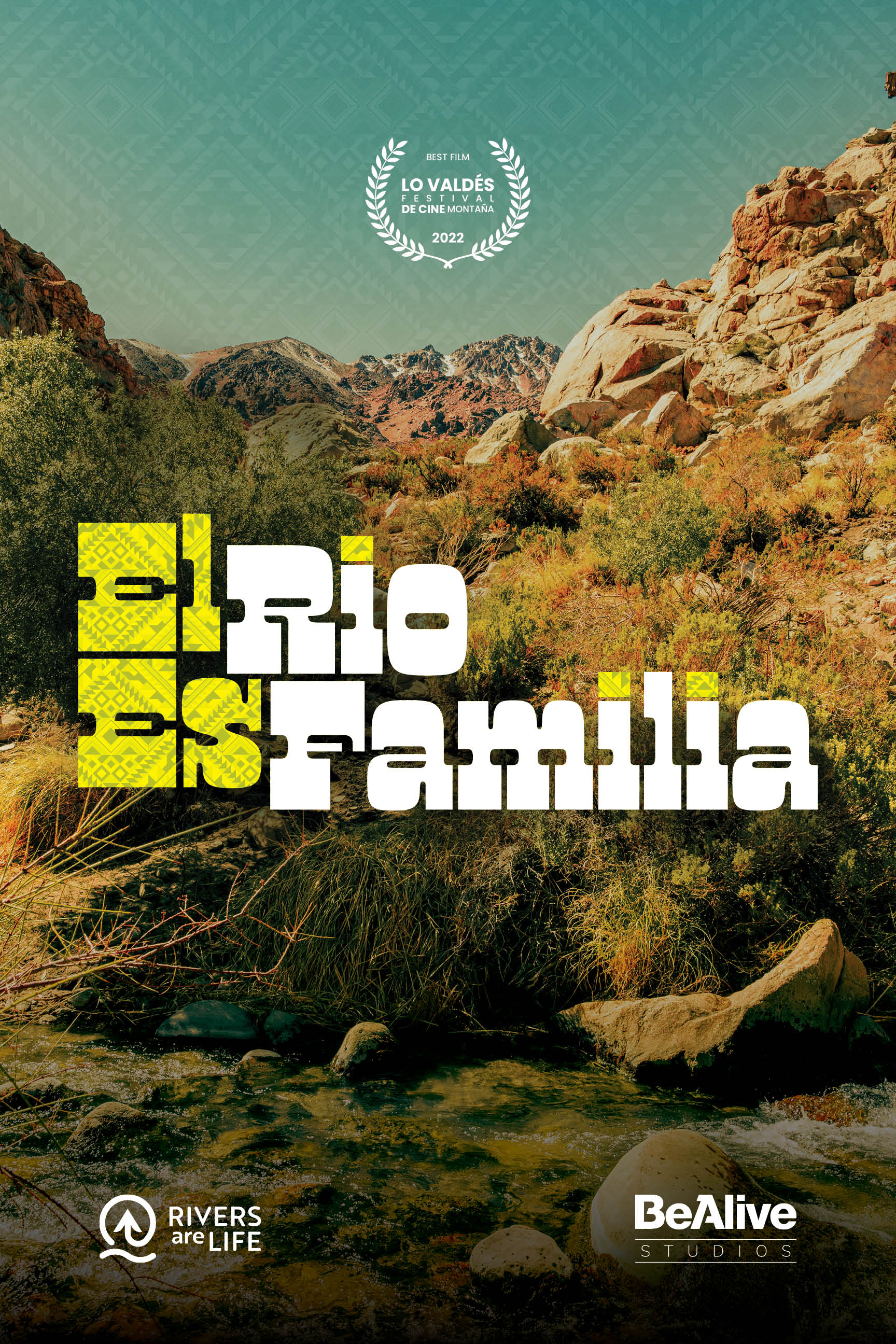TOXIC ART
"When we put people together from different disciplines and different backgrounds, that is when this magic happens"
- John Sabraw, Professor of Art at Ohio University
A Colorful Predicament
If you were to visit a school in Southeastern Ohio, you might encounter a young student reaching for an orange crayon to draw a picture of a river. In the area, acid mine drainage, stained by the rich hues of iron oxide, flows for approximately seven miles before it joins Sunday Creek. The pollution renders this stretch of waterway uninhabitable for aquatic life, but an ingenious and artistic approach is being used to confront the environmental challenge.
An unlikely collaboration unfolded at Ohio University when Professor of Art John Sabraw and Professor of Civil Engineering Guy Riefler joined forces to craft a creative antidote for the pollution. Realizing the iron oxide nestled within the creek’s waters is the same substance used in many artists’ paints, the two set out to develop a new line of pigments created from the very pollution itself.
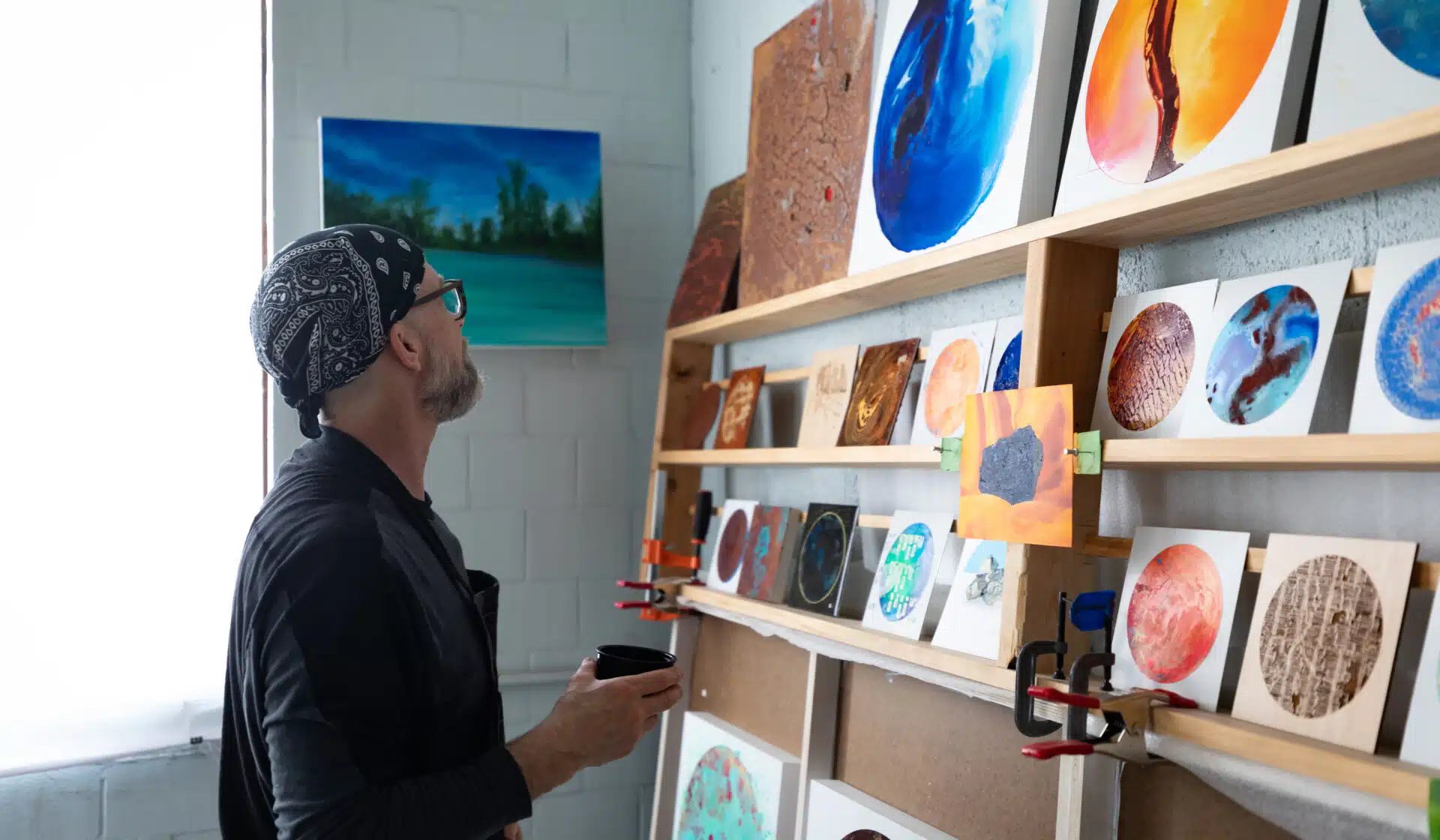
Shop and Support
Limited run giclee prints from the film "Toxic Art" are available to purchase while available. These signed, giclee prints are of the original painting by John Sabraw produced during filming exclusively for Rivers are Life.
Printed on a deep matte paper (240 gsm). This paper is lusterless, featuring an incredibly smooth surface that is soft to the touch and ensures a rich and vibrant display of colors. Printed in USA.
Your purchase of this limited run print is 100% making a difference! Proceeds are split 50/50 between the John Sabraw Fund for Art & Innovation and future initiatives from Rivers are Life.
Sunday Creek
Sunday Creek, located in southeastern Ohio, flows for approximately 20 miles through the Appalachian foothills cutting through a landscape characterized by rolling hills, lush forests, and small rural communities. Sunday Creek faces environmental challenges, including the legacy of coal mining in the region, which led to water pollution and habitat degradation.
From Pollution to Solution
Originally, John and Guy were working on this endeavor individually before a chance coffee-invite connected the two and sparked a years-long journey. The process today involves collected iron oxide sludge from the creek, pigment extraction, and varying temperatures for different colors. Their product—vibrant pigments used for paints—are now sold as True Pigments and help fund the circular process from pollution to solution.
With the help of Michelle Shively MacIver, Director of Project Development at True Pigments, and Rural Action, this pollution-to-pigment process will move from a campus lab to a facility constructed in the historical coal mining area that now suffers from the acid mine drainage. The restoration of the nearby creek not only stands to enhance the production and sales of True Pigments but will also serve to further protect the surrounding watershed.

2,183,065 POUNDS
Of iron oxide dump into Sunday Creek each year.
17 SPECIES
Of native fish have returned to a monitoring site on Sunday Creek where previously there were ZERO.

6,650 STREAM MILES
In Central Appalachia run orange due to the impact of acid mine drainage.





